Current courses - Fall 2024
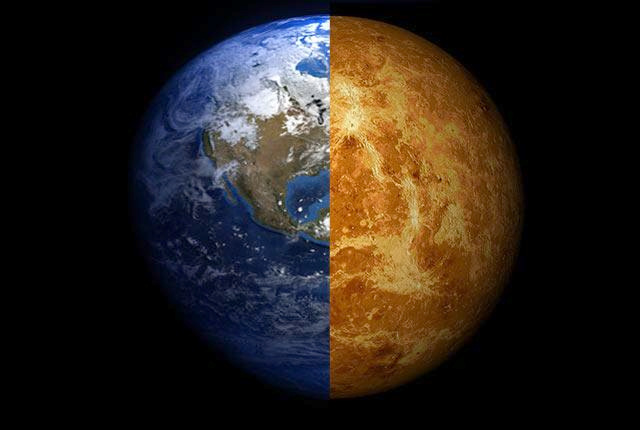
EAS 1601: Habitable Planet
Professor: James Wray (Fall 2024)
Course website
We live in an exciting time, when the search for life beyond the Earth is advancing at incredible speed. With better and better spacecraft, we are searching our own solar system, and with better and better telescopes we are searching our galactic neighborhood. So what are we looking for, and how will we know when we find it? This course will explore the history of the solar system and the Earth as the one currently known example of a habitable planet—one that can support living organisms. We will consider how stars, elements, and planets form, the important planetary processes that brought about the Earth as it was when life arose, and the factors that shape the planet we live on today. This course is geared toward undergraduate students, and is meant to be both challenging and broadly accessible. The course will draw upon lectures and readings, as well as laboratory exercises to enrich those lessons.
Other courses
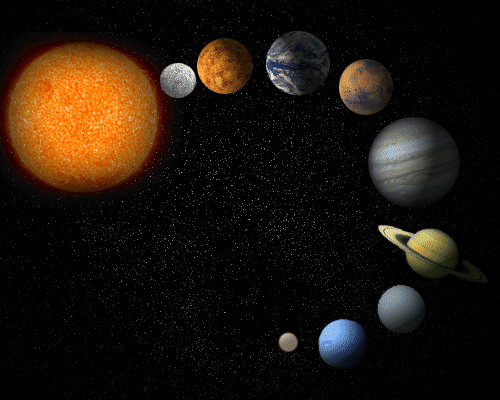
EAS 4370/6370: Physics of Planets
Professor: James Wray (Spring 2024)
Course website (2016 version)
In this course we will study the forces and influences that determine the composition, structure and evolution of the planets in our solar system. The keys to understanding solar system formation and evolution reside in observable planetary characteristics and those inferred from theory and indirect observation. This understanding has evolved over the last several hundred years as telescope technology and space travel have enhanced our ability to make sophisticated measurements of much of the solar system. Students will gain an overall understanding of the physics governing the orbits, surfaces, subsurfaces, atmospheres and magnetospheres of the planets and planetary systems (moons and rings). These concepts will be placed in the context of current formation/evolution theories, and related open science questions will be discussed in terms of potential spacecraft missions.
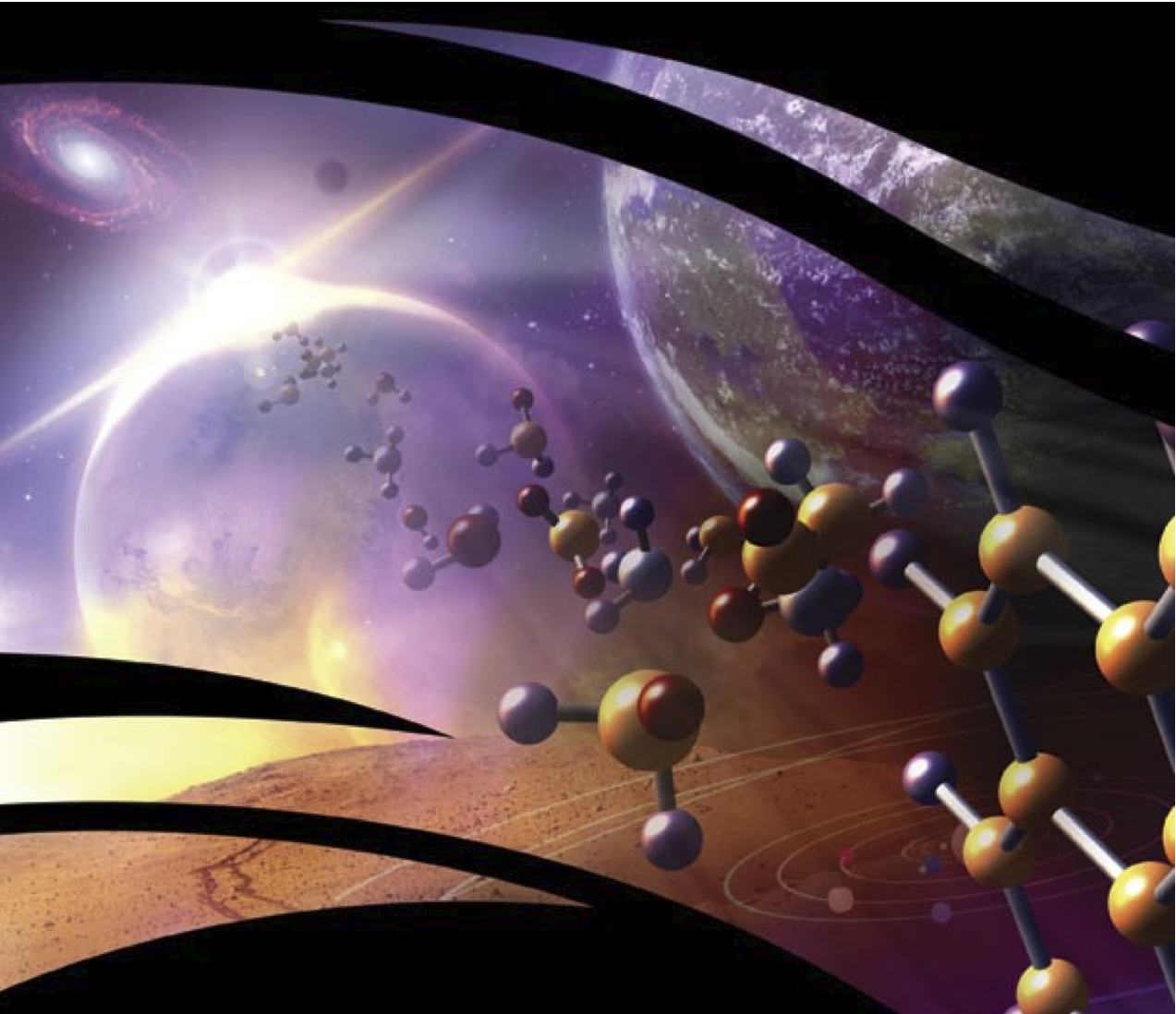
EAS 4802/8802-SPA: Seminal Papers in Astrobiology
Professors: Frank Rosenzweig, James Wray & many others (Spring 2024)
Course schedule (2021 version)
Astrobiology combines astronomy, physics, Earth and atmospheric sciences, chemistry and biology in seeking to understand the origin, evolution, and possible distribution of life throughout the universe. This course will meet for two hours each week to discuss a different highly cited paper, spanning all the sub-disciplines by the end of term. Each week a different student leads the discussion, presenting enough background material for everyone to understand the advance that the paper represented, and any significant work that has followed it. A primary objective is to foster more cross-disciplinary understanding.
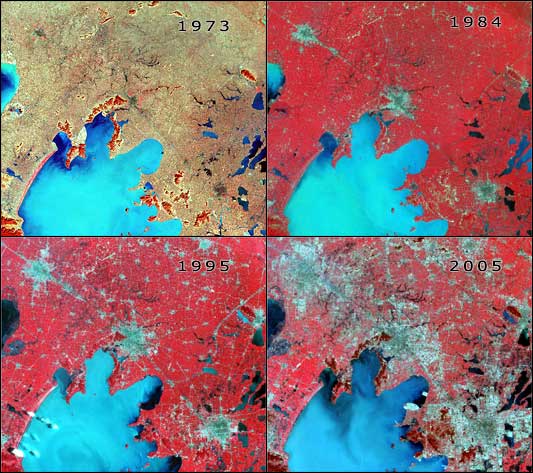
EAS 4380/6380: Land Remote Sensing
Professor: James Wray (Fall 2023)
Course website (2017 version)
This course will cover the broad spectrum of techniques for making remote measurements of the composition, morphology, and thermophysical properties of solid surfaces on Earth and other planetary bodies. Both the physics underlying the techniques and their applications to a range of problems of interest will be discussed. Students will gain experience accessing, processing and interpreting remote sensing data, and will acquire an understanding of which techniques are most useful for answering particular scientific questions about a range of land environments.
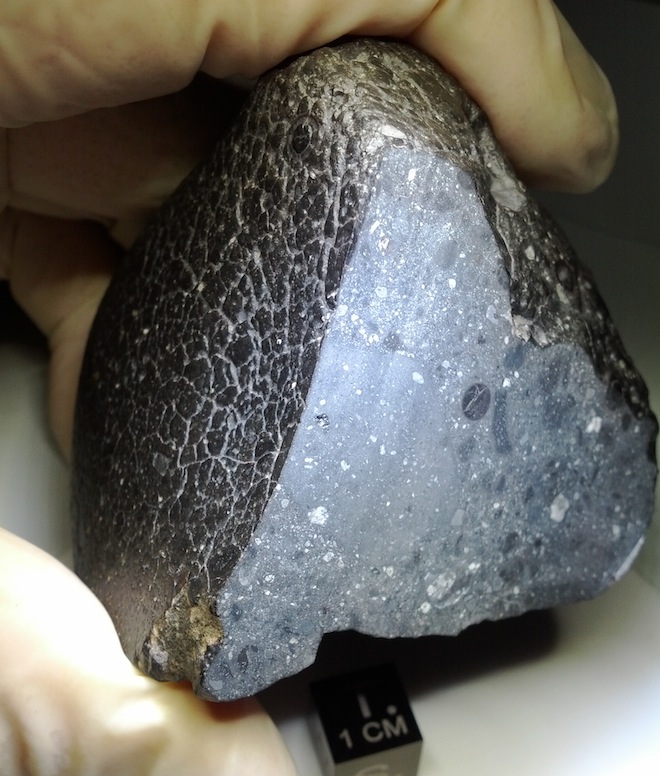
EAS 4375/6375: Earth and Planetary Materials
Professors: Yuanzhi Tang & James Wray (Spring 2017)
Course website (2013 version)
This course will cover both fundamental principles and applications of mineralogy and petrology for understanding the composition of surface and subsurface materials on Earth and other planetary bodies. Students will learn the chemical structures of important mineral classes, and how mineral assemblages and micro-textures record the conditions of rock formation and alteration. A range of laboratory techniques for measuring mineralogy and petrology will be introduced.
